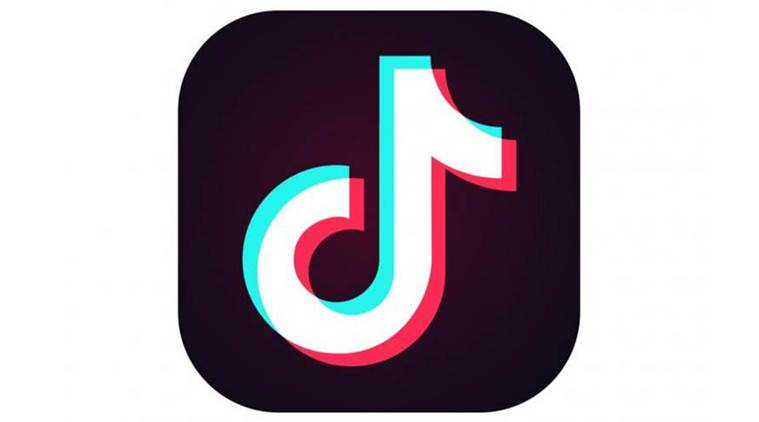
OVER 500 million users globally, a substantial number of them in India; ranked India’s most entertaining app by Google Play Awards 2018; one of 2018’s most downloaded mobile apps for Apple and Android devices in the US and Europe (ahead of YouTube, Instagram, and Snapchat); and fully monetised since last month. If you haven’t heard of TikTok over the past year, then you clearly aren’t moving in the right ‘social circles’.
Launched in 2016, TikTok’s popularity has zoomed since it integrated with the app Musical.ly this August. A short-video creating and sharing app, known as Douyin in China, it has become the go-to destination for anyone who wants to create mobile-friendly videos, and increasingly for those hoping to become social media influencers — including Bollywood celebrities such as Shahid Kapoor (563,000 fans, as the followers are called on TikTok), Jacqueline Fernandez (3.2 million fans), Tiger Shroff (2.4 million fans), as well as web creators such as Ahsaas Channa (3.2 million fans) and Avneet Kaur (6.8 million fans).
But the real stars are small-town teenagers, sometimes entire families and groups of friends who often literally go out on a limb to produce videos for maximum likes, with TikTok also on the rise in rural India. It helps that it is one of the few apps to not have limitations in terms of language and regions, because of which most videos have no dialogues and largely no written material to read.
With India heading into what can be called its first digital election, TikTok is another social media platform offering eyeballs. TikTok officials at the China headquarters refused to come on record regarding their India plans.
In the past year, a lot of TikTok videos have also gone viral on other social media platforms such as WhatsApp and YouTube, driving more Indians to try out the app. The #DameTuCosita challenge became viral over the Musical.ly app last year after celebrities started uploading the green alien dance videos on other social media platforms.
Disha Madan, who became the first Indian to hit 1 million followers on TikTok, experiments largely with lip-syncing and dancing and uploads all her videos on Instagram as well. “I am trying to popularise my YouTube channel too, but that will be different from what I do on TikTok,” she says.
In 2018, TikTok’s #DidiChallenge, that involved doing a specific set of moves while dancing to an Algerian song, became the second most popular challenge in India. The song had over 3 million views on YouTube with a large number of people coming to it from TikTok.
While a number of TikTok videos are 15-30 seconds of lip-syncing and dance choreography or comedy vines, Madan points out, “TikTok has zero limitations in terms of timing or categories. You can express yourself in a number of ways.” Action-based videos, in fact, top the charts.
B Subramani, who has been making comedy videos on TikTok for more than a year and has over 270,000 followers, says, “My videos have more actions than speech because I believe that gestures convey more than words can.”
Underlining the “light, fun and free-spirited” vibe of TikTok, unlike other social media platforms, Subramani adds, “There is nothing more rewarding than people deriving happiness from watching and sharing my videos. It motivates me to make more videos and spread joy.”
Recently, TikTok introduced short video ads, with Myntra and Shaadi.com being the top players. The innovative format lets users be a part of the advertisements.
Vaibhav Lalwani, who has been using the platform for over a year and says he wants to become an ‘influencer’ in the field of comedy and “one of the top users of TikTok in India”, also stresses this difference. “TikTok is so interesting that there is never a dull day. There is a lot of original and creative content.”
Not everyone’s happy with the content, though. A preacher in Kashmir recently gave a sermon on the “negative implications” of TikTok. In a video of the sermon that went viral, the preacher says his brother who lives in Jalandhar drew his attention to the app. “I was embarrassed by what I saw. This is no talent. It shows how waywardness is spreading in society. The aim of the app is to take you away from the path of religion,” he says in the video, before adding that he was especially aghast because girls were dancing and lip syncing to songs.